Hemlock vs Cedar Wood: What’s Best For My Project?
-
Visnja Radosavljevic
- Last updated:
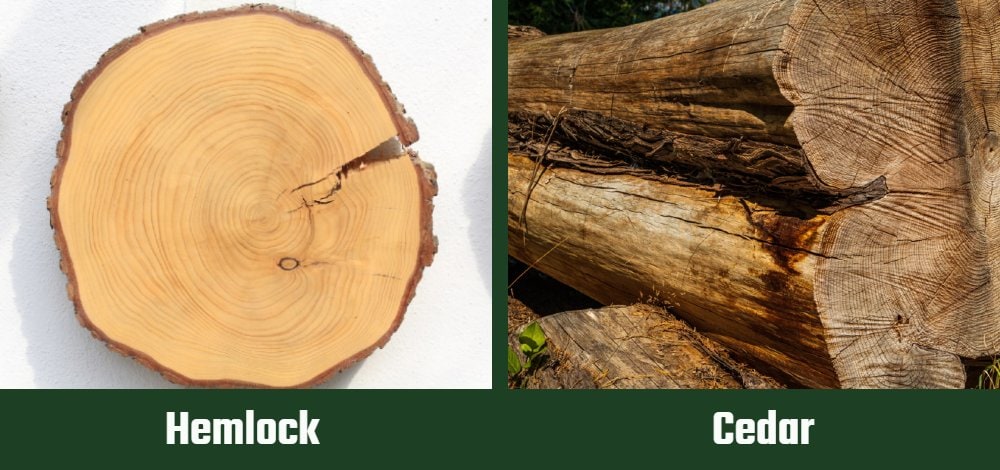
Before you begin any sort of project, you should be familiar with the benefits of the wood type you decide to use. Many kinds of wood can be pretty similar, while they can also be completely distinctive. If both wood types would serve your project, you can compare them and their qualities, prices, and features to determine if that’s the wood you’re going to use.
Today, we will compare two softwoods, Hemlock and Cedar, to help you figure out which wood would be better for your project.
The Importance of Choosing the Proper Wood Type
Different types of wood have characteristics that make each species distinctive. You can find woods in all colors, with stunning grains and excellent finishing characteristics, which is quite convenient. Still, before you make a purchase, you should compare the prices, hardiness, and stability to choose the better choice for you and your needs.
Hemlock
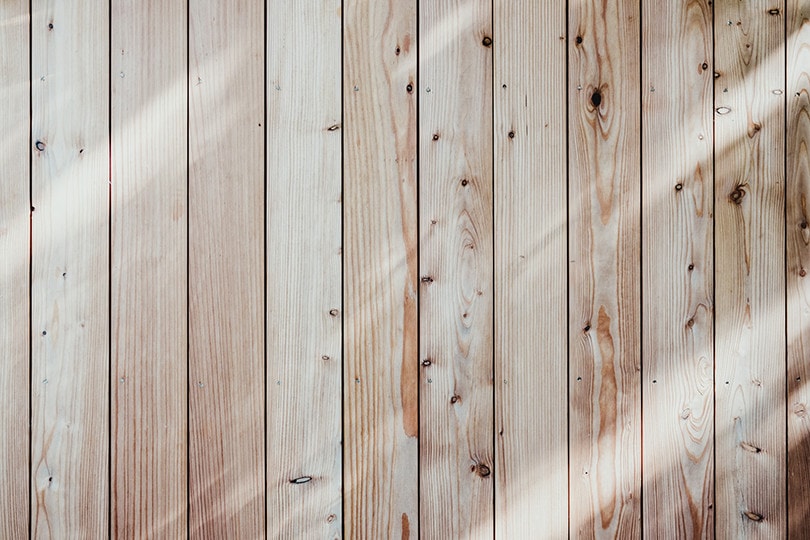
| Color: | Pale reddish-brown |
| Janka scale rating: | 540 |
| Durability: | Moderate |
| Usage: | Construction timber, plywood, crates, boxes, framing, subflooring |
How Much Does Hemlock Cost?
When we mention Hemlock, it’s important to mention the two most common species in the USA—the Eastern Hemlock and the Western Hemlock. People commonly use them in construction and their average price is about $15 to $16 per square foot.
It’s still affordable compared to some other species, but it’s more pricey than Cedar.
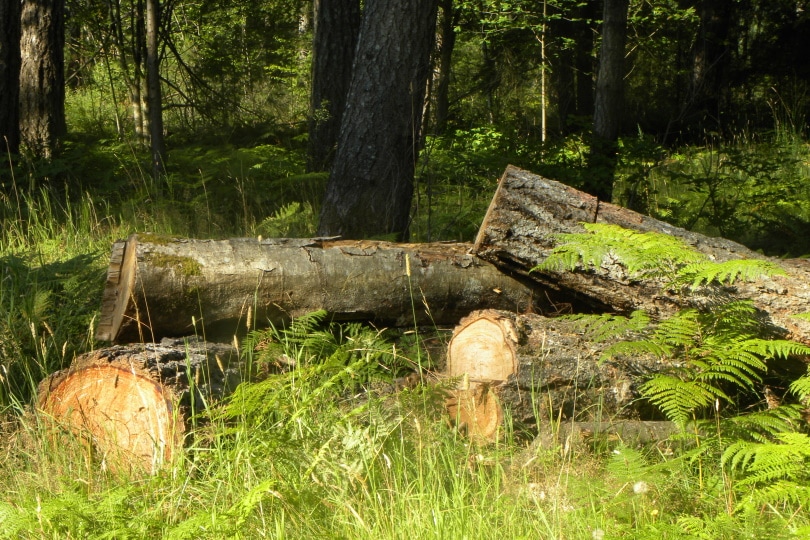
Hemlock Advantages And Disadvantages
Like every other wood type, Hemlock has advantages and disadvantages which we want to point out, so check them out below:
- Beautiful appearance
- Finishes easily
- Moderately hard
- Prone to decay and insects
- Not good for humid areas
Cedar
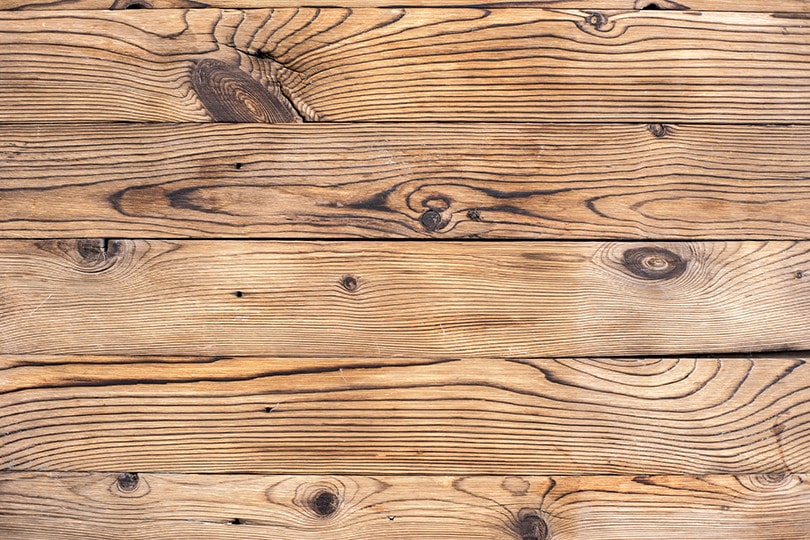
| Color: | Reddish-pink with purple hues |
| Janka scale rating: | 900 |
| Durability: | Extremely durable |
| Usage: | Decking, siding, trim, fencing, ceiling, shingles |
How Much Does Cedar Cost?
Cedar is cheaper than Hemlock, and it typically costs $5 to $9 per square foot. Cedar timber is great for fencing, decking, trim, and siding.
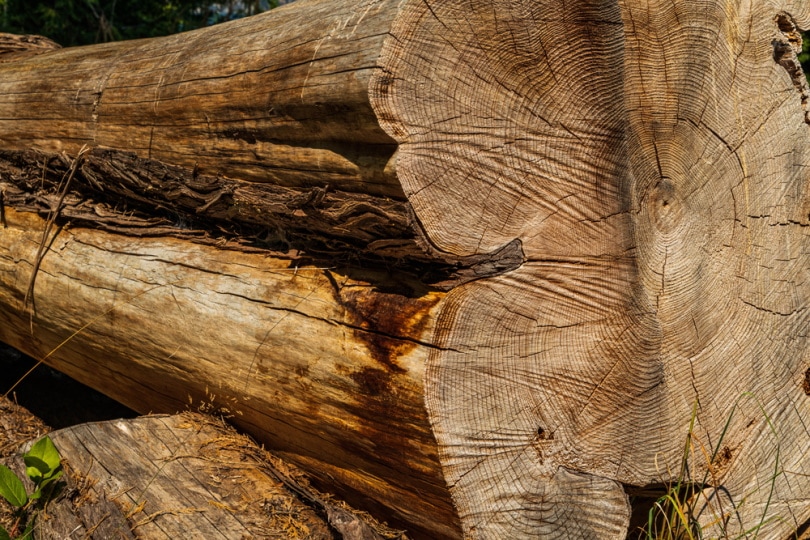
Cedar Advantages And Disadvantages
Cedar also has some excellent and poor qualities worth mentioning.
- Lightweight
- Durable
- Affordable
- Temperature resistant
- Needs a lot of maintenance
- Flammable
- Color can fade
- Comparably weak
 Differences Between Hemlock and Cedar
Differences Between Hemlock and Cedar
Both Hemlock and Cedar are durable, sturdy, and lightweight. Hemlock is more expensive than Cedar, but Cedar is more durable. Hemlock looks better due to its attractive color, but it’s more prone to decay and insect issues. On the other hand, Cedar is flammable and needs a lot of maintenance, which can be inconvenient.
Which Wood Is Better for DIY?
Honestly, both Hemlock and Cedar are great for DIY projects, but it depends on what kind of project you have planned. Both types are durable softwoods, although Cedar is more durable than Hemlock. Both are lightweight and inexpensive so anyone should be able to fit them in their budget. They have different ideal uses, so depending on the project, you should be able to make your choice.
If you’re planning on making furniture, Cedar is better, while Hemlock would be better for construction work and making small decorative objects such as boxes or crates.
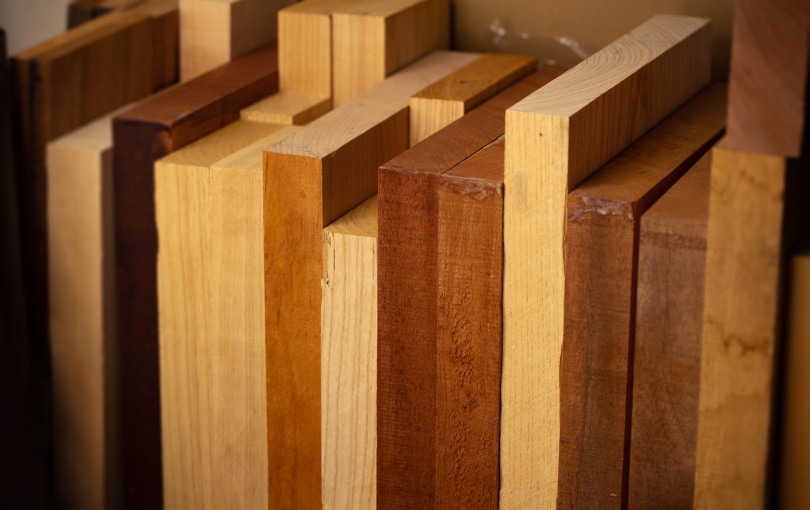
How to Determine Which Type of Wood You Need
There are several ways to determine the wood type that’s suitable for your project. Before purchasing a certain wood type, you should be familiar with its properties. First of all, consider whether the project will be an indoor or outdoor project. Some wood species are not ideal for outdoor use, so you should always check that.
You should consider how sturdy and durable the wood is, as well as how resistant it is to water, decay, rot, and insects. Of course, the resistance only matters for outdoor use while it’s not that important for indoor projects.
Cedar and Hemlock, honestly, are both a good choice, but you need to know what you’ll be making. That way, you can determine which one of these will work best for your project. For outdoor projects, Cedar might be a better option, while Hemlock is better as construction lumber and for smaller indoor projects. Since both are softwoods, they are not the best for making large furniture pieces, and they are not suitable for flooring.
 Summary
Summary
You won’t go wrong with choosing either one of these wood types as long as you know what you need them for. Cedar is more affordable and durable, but Hemlock looks better. Before starting the project, check out the wood’s properties to determine what works for the project you’re looking to create.
Featured Image Credit: (L) Traveller70, Shutterstock | (R) Jon Spalding, Shutterstock
Contents
